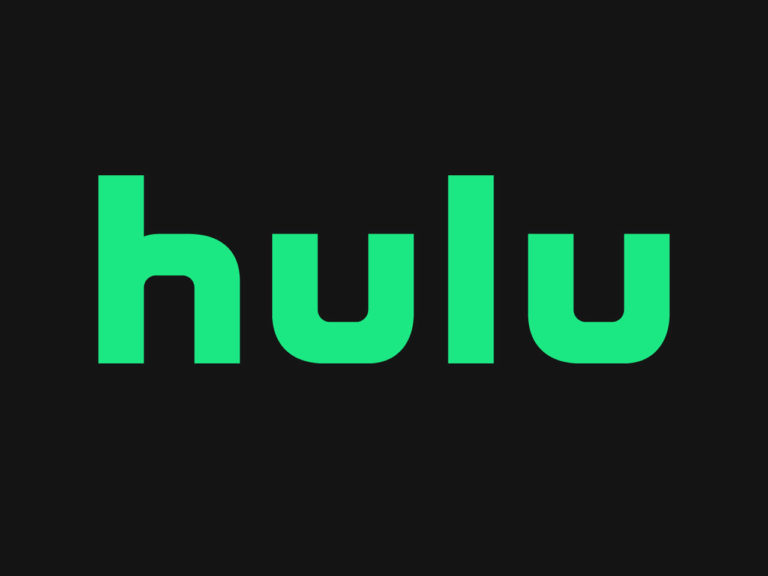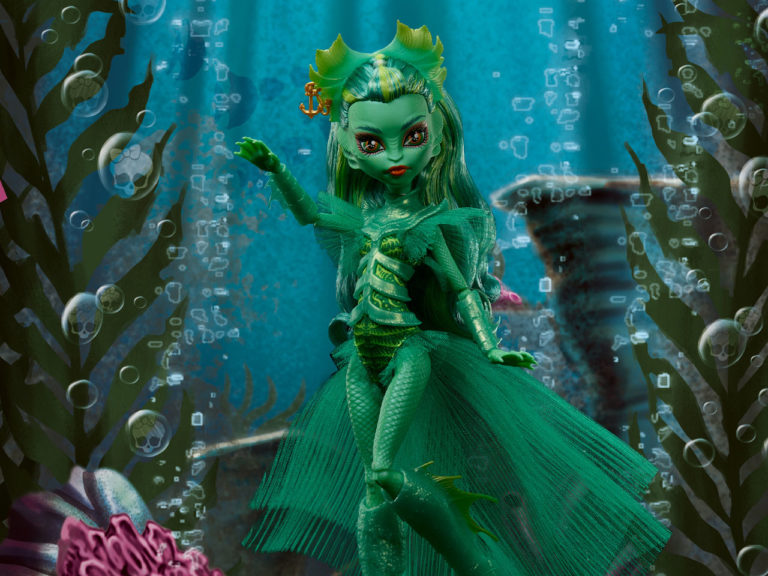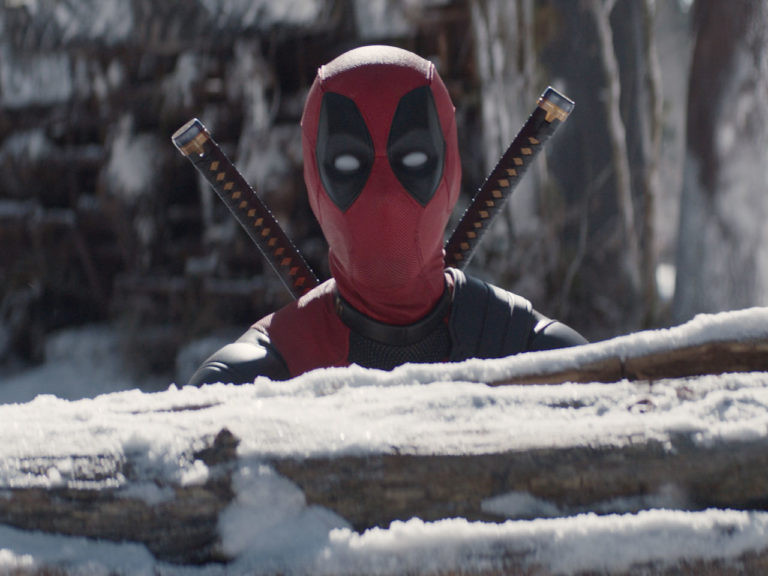

After a substantial wait, Bryan Hitch’s first crack at the Justice League takes one step closer to its conclusion. Rao has fled after our heroes severed the link between he and his faithful, but Supeman paid for the victory with his life. Meanwhile, Hal sits in a cell in the Kryptonian city of Argo while 250,000 years-ago Rao attempts to reason with his present-day (or near-present-day) self, with Earth hanging in the balance.
It’s been too long
Even with week-to-several-weeks delays, JLA held my interest. But the most recent delay has been one of months, not weeks, and the DC Universe has changed much in the gap. While this book was not dependent on its context in continuity, other stories were dependent on it, and have therefore spoiled much of the suspense Hitch tries to work with here. Superman’s battle with Rao was referenced in April’s Superman #51, as a past event, confirming that the Man of Steel’s end in JLA #9 didn’t stick, so his miraculous rejuvenation today shouldn’t elicit any gasps.
Hitch himself has also moved on. He’s writing the new Justice League title, and I haven’t been crazy about it. Getting an extra dose this week didn’t help my initial impressions of JLA #9. The current JL arc’s resemblance to JLA, and Hitch’s shortcomings as a storyteller—while less numerous and severe in JLA—make this issue feel redundant and regressive.
I still want to know what happens
My second read was much better. I recently worked through #1-#8 again in anticipation of this release, and I was filled with fresh admiration for Hitch’s big thinking. #9 builds on the work done previously, but brings several threads into greater focus. It was made clear several issues ago that Rao is not a god, but a manipulative man, and yet his seemingly transcendant power and transcendence of time and space are terrifying. Plenty of stories fall apart in the final chapter, so I’ll hold off on calling this a masterpiece until Hitch sticks the landing, but the mystery of Rao continues to grow larger than our understanding of it, and I find each new wrinkle fascinating.

Hitch’s finishes, on the other hand, are probably less attractive than usual. Close-up faces are decent, but character poses and anatomy get weirder the further away the camera moves. I still love his perspectives, and his establishing shots manage to look very interesting, even as they are light on detail; but after seeing Tony Daniel’s take on Hitch’s most recent vision, the interiors for JLA feel like a major step back.
Recommended if…
- You’ve been following JLA and the delay didn’t lose you.
- You want to learn more about Rao.
- You’re a Hal Jordan fan (you’ll have to read the book to understand, but I think you’ll be satisfied).
Overall
I was this series’ biggest cheerleader months ago. I still like it, and I still want to see how it wraps up, but my excitement is greatly diminished. Hitch’s big ideas look better when Tony Daniel is drawing them, and having seen that in Rebirth, it’s hard going back to Hitch’s finishes. This is also a story with huge implications for other stories that already happened, so the stakes feel really low. It’s still a satisfying progression of the Rao narrative, so if you were into this book before, you’ll probably enjoy it. If you’re new to this, though, I can’t think of any reason why you wouldn’t just wait for the collection.
SCORE: 7.5/10


